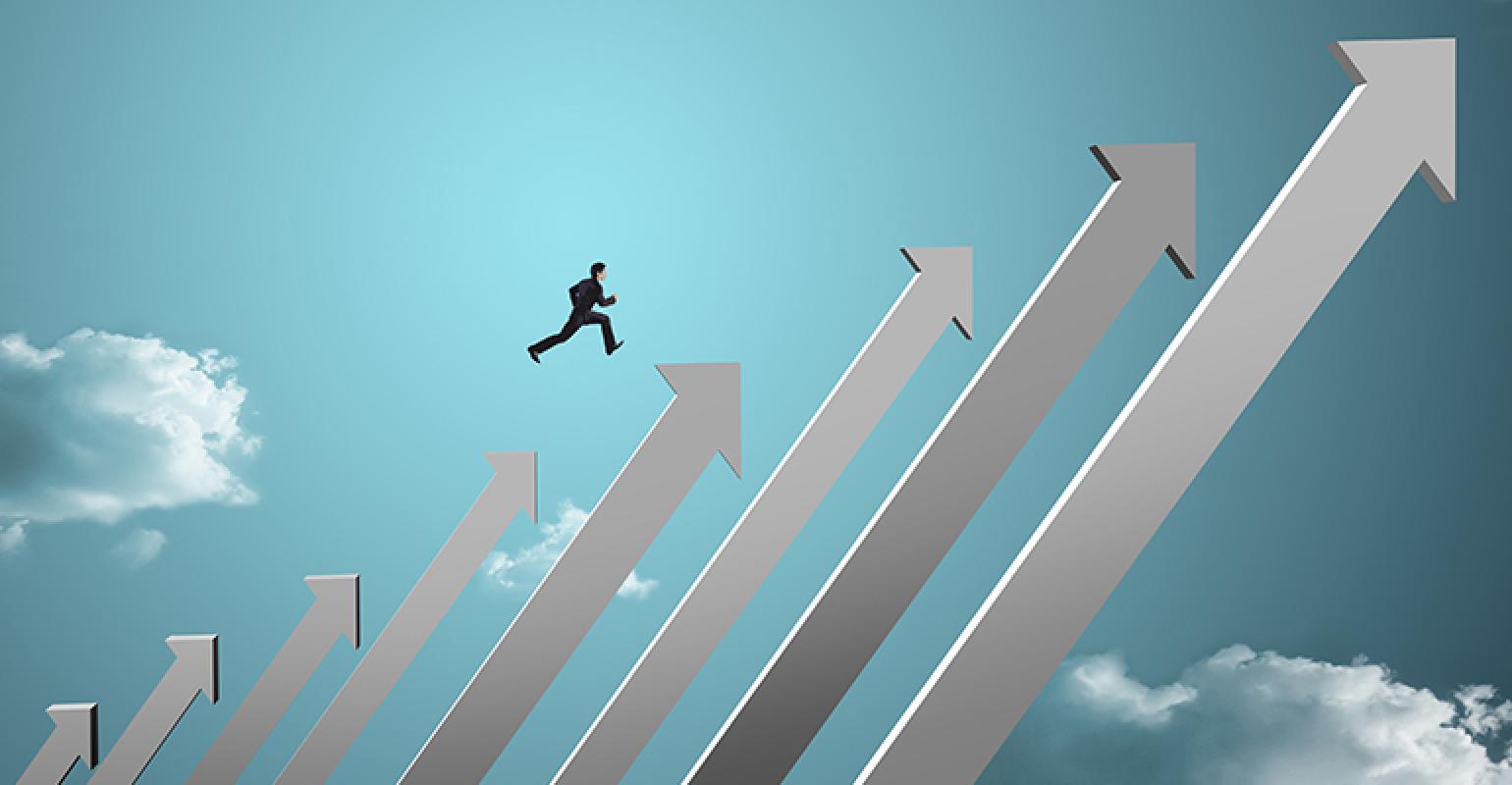India’s economy is to grow 7.1-7.6% in 2022. Is India the world’s fastest-growing economy at present?

Despite shifting geopolitical conditions worldwide, a survey on July 13 predicted that the Indian economy will expand at a rate of 7.1-7.6% in the current fiscal year. Leading consulting firm Deloitte India stated in its economic forecast July 2022 report that while optimism was present as 2021 was concluding, it was shaken by the outbreak of Omicron illnesses and the Russian invasion of Ukraine in February.

India’s economy is to grow 7.1-7.6% in 2022
The Reserve Bank of India forecasts a 7.2% GDP growth for the current fiscal year, which ends in March 2023. (RBI).
According to Deloitte India, supply chain disruptions and inflation are expected to last for a long.
Before the new year, the local currency will mostly regain some of the ground it has lost to the US dollar. The Indian rupee will keep growing because of the global economic slowdown and India’s relatively robust recovery, it was predicted.

India’s economy is mostly fueled by domestic demand, with consumption and investments making up 70% of the country’s total economy. Many investments and breakthroughs in economic sectors have been undertaken as the economy has recovered from the COVID-19 pandemic shock. According to the World Bank, India must continue to place a high priority on reducing inequality while enacting measures that would promote economic growth. Also, some advancements have lately happened in the country, some of which are described below:
- The Consumer Price Index (CPI) recorded 7.01% inflation in June 2022 compared to 7.04% in May 2022.
- Up until July 21, 2022, foreign portfolio investment (FPI) outflows reached Rs. 228,862 crores (US$28.65 billion).
- In addition to the direct payment of MSP worth Rs. 2.37 lakh crore (US$ 31.74 billion) to 163 lakh (16.7 million) farmers, 1208 lakh (120.8 million) metric tons of wheat and paddy would be provided for the procurement of wheat in Rabi 2021–2022 and the estimated purchase of paddy in Kharif 2021–2022.
- The largest contributors to the Index of Industrial Production (IIP), which reached 137.7 in May 2022, were the mining, manufacturing, and electricity sectors.
- One of India’s most promising economic traits is its young population: According to census data, about 41% of the population is under 20.
- Banks want to reach this large consumer base, and there are several ways to do so. According to Morgan Stanley, India’s 9% mortgage-to-GDP ratio in 2016 would increase to almost 17% by 2026. The sale of real estate in the economy is predicted to increase by 14% annually from 2016 to 2020 and by 18% annually from 2020 to 2025 because of wider access to money.
These are some of the big projects which helped India’s economy to keep growing economically.

Is India the world’s fastest-growing economy at present?
Rising commodity prices, skyrocketing inflation, supply constraints, and global geopolitical landscape changes are impeding the growth prediction, but India’s economy is considered to be the fastest growing economy in the world in this scenario as well.
India’s prediction was 7.5% before but has now been revised to 7.4%, a drop of 0.8 percent. According to the IMF, India’s revision mostly reflects unlikely conditions and a more fast tightening of policy.
Despite the updated projection, India’s economy will be one of the largest in the world with the fastest growth rates in 2022–2023 and 2023–2024.
India presently ranks third in the world in terms of PPP, with a share of 7% of the global GDP, behind China and the United States, according to Michael Debabrata Patra, Deputy Governor of the Reserve Bank of India (RBI).
He predicted that India’s economy would overtake the United States to be the world’s second-largest economy by the year 2031 if it keeps up its current growth rate of 11% over the next ten years.
India’s economy has new potential thanks to the dynamism of its digital ecosystem, the diversification of global supply chains away from China, and investors’ increased focus on sustainable finance.
The economy is anticipated to experience the fastest growing major economy in the globe after leaving the pandemic issues behind it and rising at a rate that is nearly twice as fast as China’s for the second year in a row.

Some inflation is inescapable when fuel prices rise globally, which leads to an increase in the economy. However, a competitive market typically forces businesses to absorb most of that cost in their profits. Without that competition, businesses would find it easier to pass along more of the rising prices to customers.
The third-largest economy in Asia is actually enlarging once more, and it is doing it more quickly than most of the major countries. Despite a setback in recent weeks, its stock market indices, like the Sensex and Nifty, are at levels that are considerably higher than at the beginning of 2021.
However, a lot of economists are cautioning that these encouraging signs hide a grave problem—some have even called it a crisis—that India faces as it approaches 2022.
edited and proofread by nikita sharma



